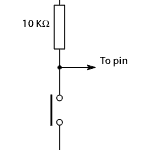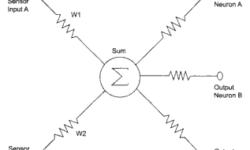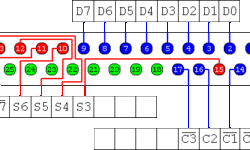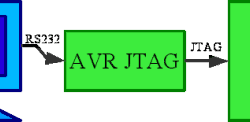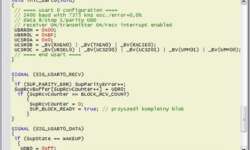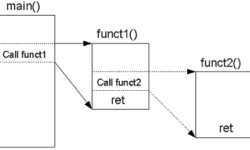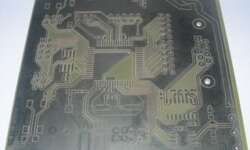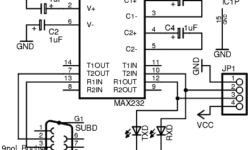RS-422 interface basics
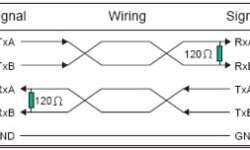
RS-422 is a standard for serial data transfer similar to RS-232, but it uses the difference between two lines (RS-232 uses a reference to ground). RS-422 uses twisted pair (difference pair) to represent the logic level. Such data transmission type is so-called balanced transmission as it is not referenced to ground. This is a noise-proof solution because the same noise affects both lines, which are differentiated out. This allows carrying data at much longer distances at higher data transfer rates. RS-422 can transmit data to up to 1200metters. The maximum transfer rate can be 10Mbits/s. 120Ohm resistor acts as a terminal resistor that removes reflections, that may occur during transmission over long distances. Voltage levels between twisted pair lines are 4V and between transmission lines is 12V. RS-422 can be compatible with the RS-232 interface by simply connecting the negative wire of the twisted pairs to the ground.







